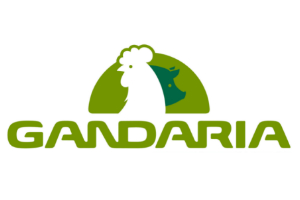World cereal production will surpass the 2012 level by nearly 8 percent
The outlook for global cereal supply in the 2013/14 marketing season remains generally favourable despite downward adjustments to forecasts for world cereal production and closing stocks, according to the latest issue of FAO’s quarterly Crop Prospects and Food Situation report.
Grain Storage: Losses throughout the supply chain result in far too much food never reaching the plate
A household metal silo with a capacity of 1.000 kilos can conserve the grain needed to feed a family of five for one year, or allow a farmer to store surplus grain.
First e-books of popular FAO titles now online for free download
FAO has launched its first e-books, featuring bestselling titles from the world of food, agriculture and hunger eradication. “Offering selected titles in the increasingly popular e-book format is an important step forward,” said Rachel Tucker, FAO acting publishing chief. “FAO’s wealth of information on food, agriculture and hunger eradication will now be available in a format requested by a growing number of our audiences.”
Advantages of a Steel Silo vs. a Concrete Silo for grain storage
Whilst the choice of grain storage methods is wide, the most popular ones are steel silos, concrete silos, storage warehouses and bag silos among others. Through this article we’ll analyze the difference between steel silos and concrete silos.
The end of the drought will cause the best grain harvest in a decade
The end of the drought will cause the best grain harvest in a decade and International organizations expect that grain harvest hits record.
Advantages of using a Steel Silo over a Bag Silo for Grain Storage
Bag silos are a cheap solution for grain storage but its use has some limitations and disadvantages over the storage in steel silos: Steel silos keep the grains safe longer, have greater storage capacity in a much smaller area, are recommended to store high moisture grains, avoid humidity problems and are easier to unload.
By 2050, a 60% increase in wheat production will be needed
Wheat is a major staple crop worldwide but its production has not reached demand in 10 of the 15 past years. Wheat yield models indicate that climate change will reduce wheat yield potential in its major producing areas, and that wheat farmers in South Asia and North Africa will be hit hardest. Hence, all countries share an urgent need to increase the rate of wheat genetic progress for yield, nutrient and water use efficiency, adaptation to biotic and abiotic stress, whilst ensuring the production of high quality and safe products.
Advantages of using steel silos for grain storage instead of storing the grain in warehouses
Using steel silos to store the grain instead of using warehouses provides many advantages, such as less ground space, optimum storage conditions for the grain, lower assembly costs and less expensive overall.
E-commerce in agricultural industry: Opportunities for enterprises in developing countries
Access to the internet and mobile phones help improve the livelihood of the poor through better communications and greater access to information. Many poor farmers are now able to receive better prices for their crops because they have access to information on market prices. The African company TradeNet, a Ghana-based trading platform, is a key example.















